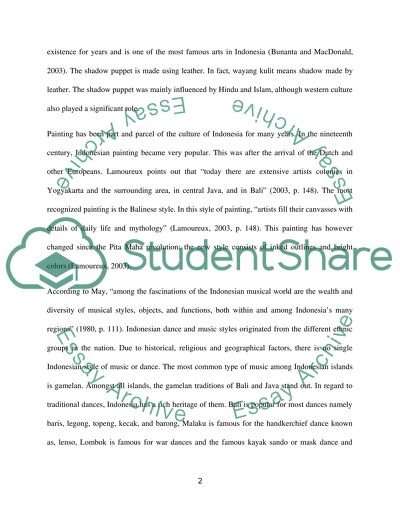Cite this document
(“Indonesian Arts And Craft Article Example | Topics and Well Written Essays - 1500 words”, n.d.)
Retrieved from https://studentshare.org/history/1647852-indonesian-arts-and-craft
Retrieved from https://studentshare.org/history/1647852-indonesian-arts-and-craft
(Indonesian Arts And Craft Article Example | Topics and Well Written Essays - 1500 Words)
https://studentshare.org/history/1647852-indonesian-arts-and-craft.
https://studentshare.org/history/1647852-indonesian-arts-and-craft.
“Indonesian Arts And Craft Article Example | Topics and Well Written Essays - 1500 Words”, n.d. https://studentshare.org/history/1647852-indonesian-arts-and-craft.


